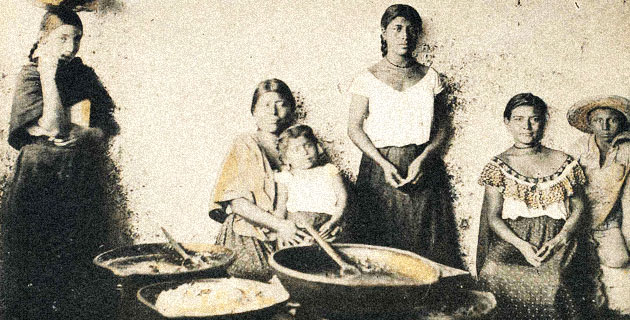The Huaves, a Contemporary Expression in Music

The music of the Huaves people of Mexico is perhaps one of the most interesting indigenous living cultures and the least documented. Their language and origin still remains a mystery, as well as how their music is formally structured. The impressive sonorities of the instruments used by this ethnic group - such as turtle carapaces, reed flutes and batteries of cowbells causes in its music an exceptional and powerful result. The Huaves’ rites, although associated with the catholic festive calendar, are a way to adore the real protagonists of their surroundings: winds, sea, rain and thunders. Huaves also are known like mareños or huazantecos. The term huave was coined by the zapotecos to talk about to the "people who rot in humidity". At the moment this group inhabits the coast of the Gulf of Tehuantepec and occupies the two third parts of a bar of 40 km and separates the Pacific Ocean from two great lagoons, known as Superior Sea and Inferior Sea. The main huaves populations are located in San Mateo del Mar, San Francisco del Mar and San Dionisio del Mar.
The project aimed to record and film the Huave music and dances for preservation, continued music analysis, and future artistic uses in new media projects. Student apprentice Edvis Shahbazian assisted in the digitizing process, musicological classification of data, and presentation of the data online through UC Berkeley servers.